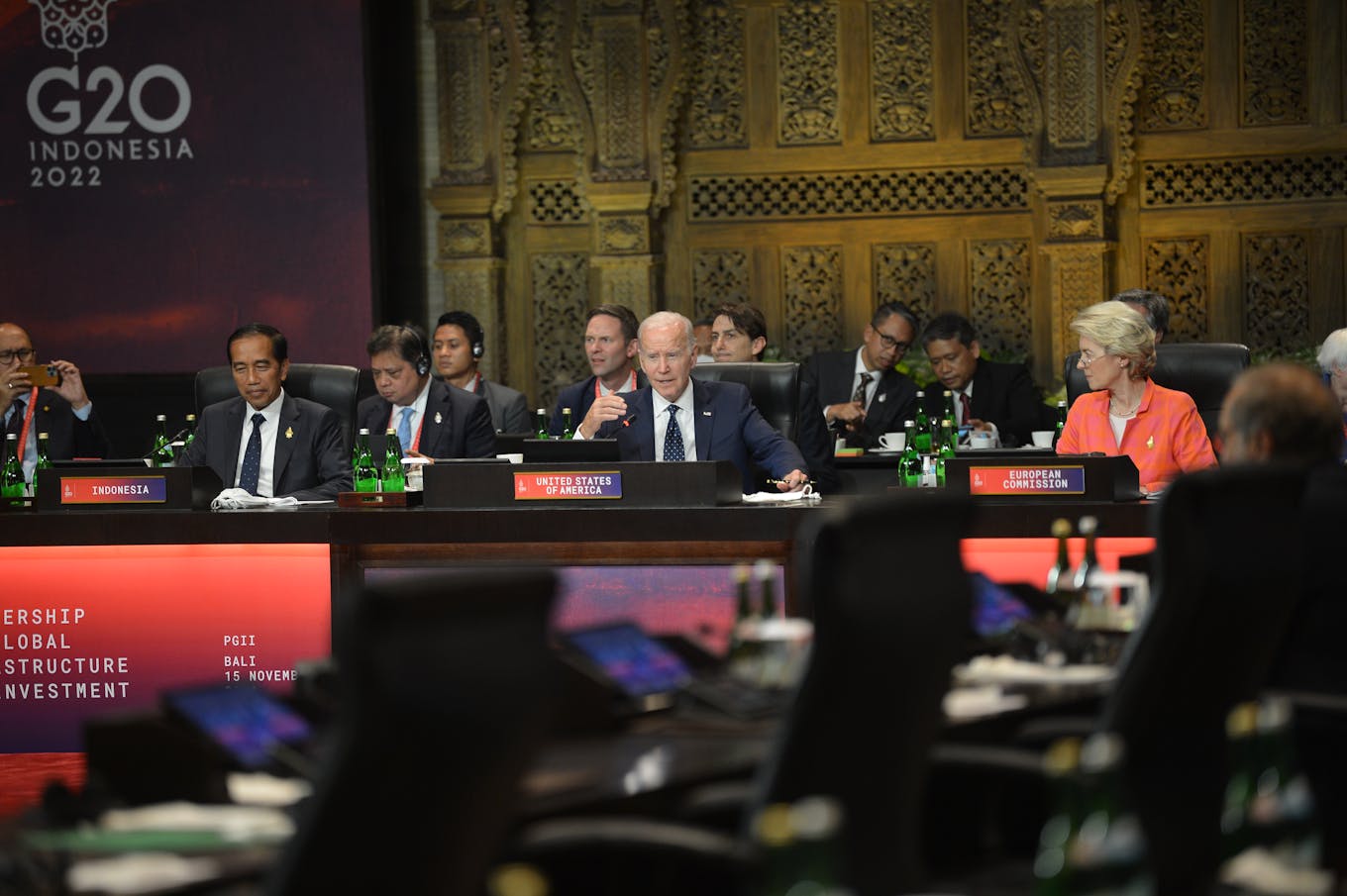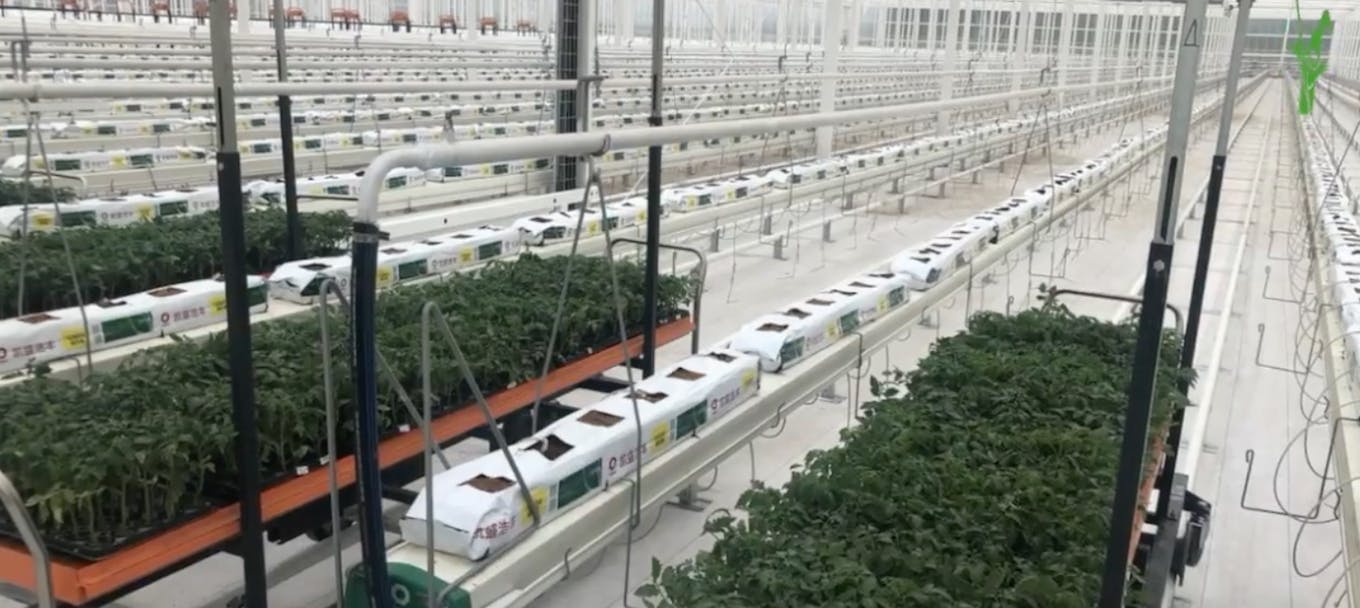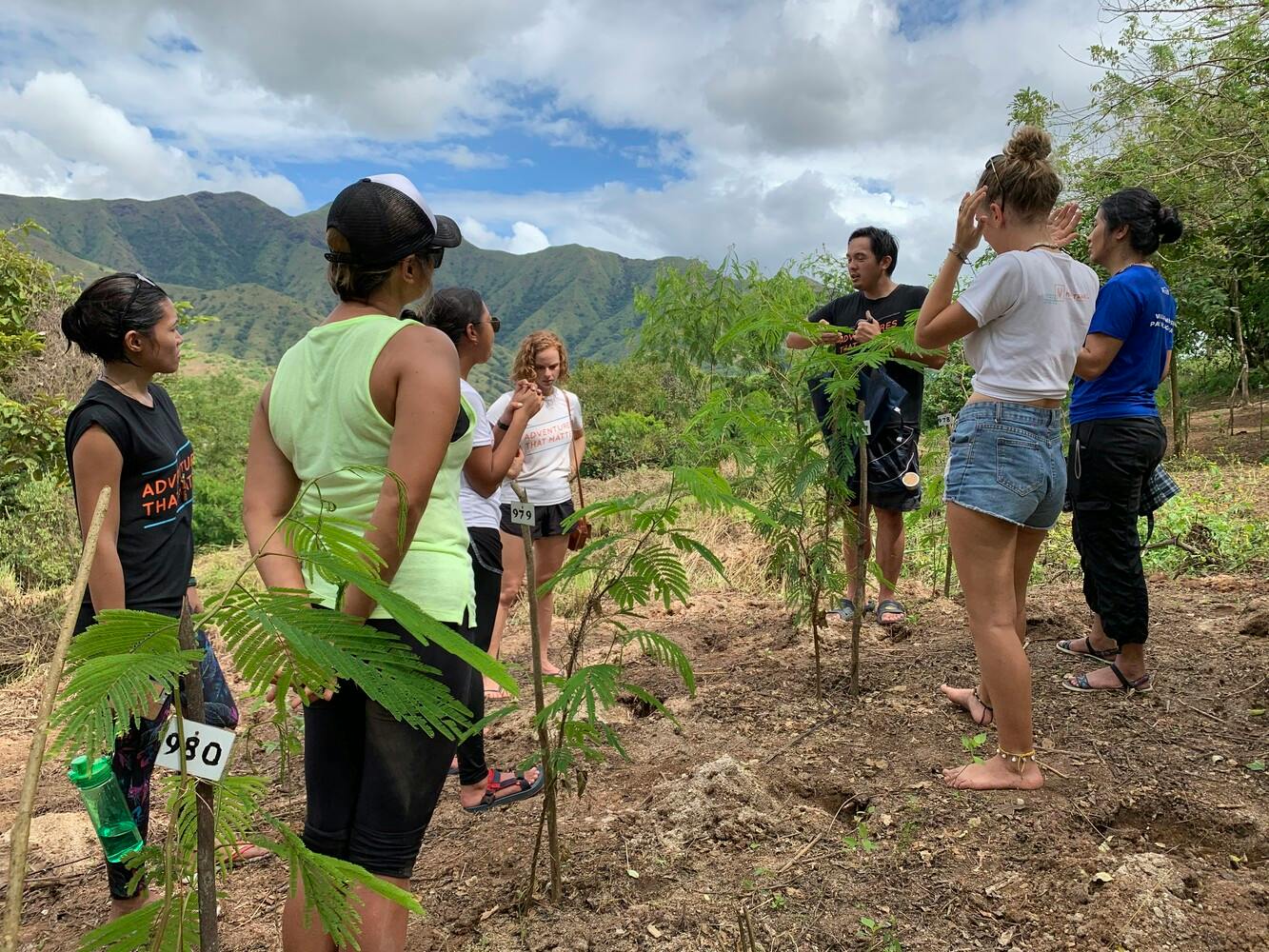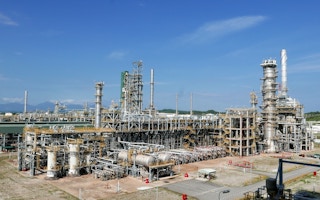For the past two years, the Covid-19 pandemic was what drove the projections and expectations for society and business. Now, the Russian-led war in Ukraine has become the force shaping our immediate future, with multiple knock-on effects on global energy markets, gas prices and food supplies.
The conflict has ushered countries to exploit domestic fossil fuel resources as a means of reducing reliance on Russian exports. At the same time, the war has also helped to ramp up the shift towards more efficient and cleaner energy supplies in order to move away from fossil fuels altogether.
It has also led to spiraling gas prices and a food crisis caused by disrupted supply chains, which will in turn influence how consumers choose to spend their money in the next twelve months.
At the wake of the conflict that has stirred markets, Eco-Business rounds up six trends that could influence global sustainability in 2023.
1. Asia as a key supplier of fossil fuels
Russia, the world’s largest fossil fuels exporter in 2021, has thrown global energy markets into turmoil by its invasion of Ukraine. In the new year, Europe may end up turning to Asia for its energy supply, exacerbating the demand from coal, oil and gas-producing countries in the region like Indonesia, Vietnam and Malaysia.
The surge in demand for dirty energy will cause its price to increase in Asia. “With an increasing reliance on fossil fuel imports, the Asean region will face serious energy security challenges, as the availability of energy sources at an affordable price could be jeopardised,” said Beni Suryadi, manager of the power, fossil fuel, alternative energy and storage department at Jakarta-based energy think tank Asean Centre for Energy.
Fuel markets have proven to be highly sensitive to crises, such as global pandemics and geopolitical conflict, he added.
However, the war has highlighted the need for nations to achieve energy independence, or they might become victims of unpredictable supply and pricing influenced by political developments, said Suryadi.

US president Joe Biden and Indonesia president Jokowi at the G20 Leaders Summit where the Just Energy Transition Partnership was launched. Image: G20 Indonesia
The effect of the war on the global green energy transition remains to be seen. On one hand, some countries may take the opportunity to back renewables like solar and wind to ensure energy security. On the other hand, many developing countries also lack ready infrastructure to facilitate this transition.
As such, the just energy transition partnerships launched at the G20 summit, where the United Kingdom, European Union and United States agreed to back new public and private finance package to help South East Asian economy reduce reliance on coal power, may be hampered.
2. Turning to Asia for minerals that stoke the world’s clean energy push
Russia is also one of the world’s top suppliers of high-grade nickel, a major component of lithium-ion batteries found in electric cars.
Although European nations may be reluctant to turn to strategic rivals such as China for replacement imports, they will be forced to explore developing markets like the Philippines and Indonesia even if the regulatory environment is not as mature.
“For mining, threats to natural capital are a key challenge, but labour rights and human rights could also enter the equation,” said Rory Clisby, senior environmental analyst at UK-based research institute Verisk Maplecroft. “As new source countries for minerals are found, companies will have to put robust environmental, social and governance (ESG) policies in place to ensure higher levels, or different types, of threat do not blindside them and put corporate reputations at risk.”
3. Hi-tech agriculture, lab-grown meat and regenerative soil

The 26-hectare Kaisheng Haofeng greenhouse in Dezhou, China is one of the largest hi-tech vegetable facilties in the world. Image: Ridder Facebook page
Pandemic-related labour shortages and supply chain disruptions triggered by the Russian-Ukraine conflict are some of the main factors that have pushed food costs to their highest level in the last ten years.
As such, using technology to increase food production at the least cost has been gaining ground and will carry over the coming year.
For example, Philippines-based International Rice Research Institute (IRRI) has been preparing for food shortages by genetically modifying rice to optimise nutrition and yield. It developed Golden Rice, a strain loaded with vitamins to nourish more people for less.
In China, the Sananbio conveyor system automates seeding and transplanting in farms. Kaisheng Haofeng, one of the biggest greenhouses in the world, plans to populate its nurseries with robots for harvesting and packaging in 2023.

Lab-grown shrimp dumplings. Image: Shiok Meats
More hi-tech ways of food production come in the form of lab-grown meals as Singapore’s Shiok Meats launches its cell-based shrimp and lobster in the coming year, while its main competitor Alt Farm in Hong Kong will “print” wagyu beef, as the firm specialises in 3D food printing technology using chemical processing.
Regenerative agriculture, which refers to farming and grazing practices that reverse climate change by restoring degraded soil, will be another trend this year in sustainable farming, said Cherrie Atilano, founder of Agrea, a non-profit that aims to eradicate poverty among farmers and fishermen through training and education.
Farmers usually plant only one crop, a practice which usually depletes the nutrients of the soil. By maintaining and improving soil health, more crops can be planted at the same time.
“At the onset of global conflict, we have only one choice, that is to reinforce sustainable growing, sourcing and consuming local. I can see that more people are aware of the increase in food prices, which also encourages sustainable local production as well as more diversification in farms,” Atilano said.
4. Consumer spending on more sustainable and flexible products
Customers are emerging from the pandemic into the cost-of-living crisis, with many lower-income and even financially secure consumers wanting to prepare for impending changes.

Customers may browse through the full list of “Green Label-certified” restaurants by tapping on the Green Label tile on the foodpanda app. Image: Foodpanda
“In a tough economic environment, consumers want to make smart financial choices without sacrificing their quality of life. This goes beyond making budget-friendly choices to considering how factors like flexibility, durability and sustainability will play increasingly important roles in the value equation,” said Matthew Crabbe, Asia Pacific director of London-based market research firm Mintel Trends.
Changes in lifestyles are to be expected in the coming year, like consuming less meat, purchasing near-expired products or purchasing ugly, locally-grown produce because it is cheaper, which will have “ripple effects on consumers’ views on nutrition and the sustainability of food, as well as how they shop in other categories”, he added.
Such habits were evident as early as 2021 when Chinese shopping site Taobao Juhuasuan launched an online sale of food and household cleaning products that were close to their expiration dates, with discounts of up to 70 per cent. Around 2.1 million consumers purchased near-expired food through Taobao, according to the company.
Singapore-based food delivery company Foodpanda aims to help users easily identify and support sustainable brands on its platform through its “Green Label” restaurant certification programme jumpstarted this year. The criteria takes into consideration the restaurants’ efforts in sustainably-sourced food, recyclable packaging, waste reduction, food waste, carbon reduction and power supply.
Crabbe said: “As the market becomes further saturated with added-value claims like being environmentally friendly, local benefits or free delivery, consumers will grow more sceptical and discerning. Claims will be put to the test and brands’ transparency will be evaluated far more strictly as consumers continue honing in on the qualities they value the most.”
5. Reconnecting with local businesses
With so much global uncertainty, there will be a greater movement to protect local resources and boost local business. As the impact of global warming will increasingly be felt, more consumers will be scrutinising whether global brands take their local commitments seriously.

McDonald’s Spain launched the “Hamburger That Could Not Be”, an empty charcoal-black that symbolised all the burgers and other products that would not be able to be produced due to agricultural losses from the wildfires. Image: McDonald’s España
Increased consumer scrutiny of how brands help local communities started in the pandemic, but it is also a reflection of consumers’ changing priorities.
For instance, in August this year, McDonalds Spain released a symbolic burger which is an empty box, following a summer where Spain saw some of the worst wildfires in its history. McDonalds was able to contribute more than US$50,000 as direct aid to Spanish farmers, who have seen their harvests affected by recent weather, by allowing customers to purchase a virtual burger through a donation at digital kiosks.
“Consumers will respond instinctively to home-grown innovators and brands that stamp their authenticity on the items they produce and sell. ‘Localism’ will come to mean supporting communities where the product is manufactured rather than where the consumer is located,” said Crabbe.
6. Travelers seeking socially and eco-conscious tourism

Tourists take part in a tree-planting activity in Zambales, Philippines. Image: MAD Travel
The shift in consumer behaviour will influence the travel industry, with tourists increasingly seeking escapes that create more meaningful impact on nature and society.
Travel network Virtuoso has found in its research in 2022 that younger generations are willing to pay more money for “travel brands and experiences that focus on environmentally-friendly philosophies, those that contribute to local people, and that also preserve natural and cultural heritage”.
“Regenerative tourism”, a term dubbed for a kind of experience where travelers are given the opportunity to leave a place in better condition than it was before, will become more popular among globetrotters.
Social enterprise MAD (Make A Difference) Travel in the Philippines brings in thousands of tourists to plant trees in order to reforest the barren mountains of Zambales.
Travelers will likewise demand for tourism operators to be accountable for their own impact, seeking carbon-neutral credentials when booking stays.
Sweden-headquartered booking startup Alight launched a carbon footprint calculating engine in 2021, which offers guests the option to select from a list of carbon offset projects at checkout.
This story is part of our Year in Review series, which journals the stories that shaped the world of sustainability of 2022.





















